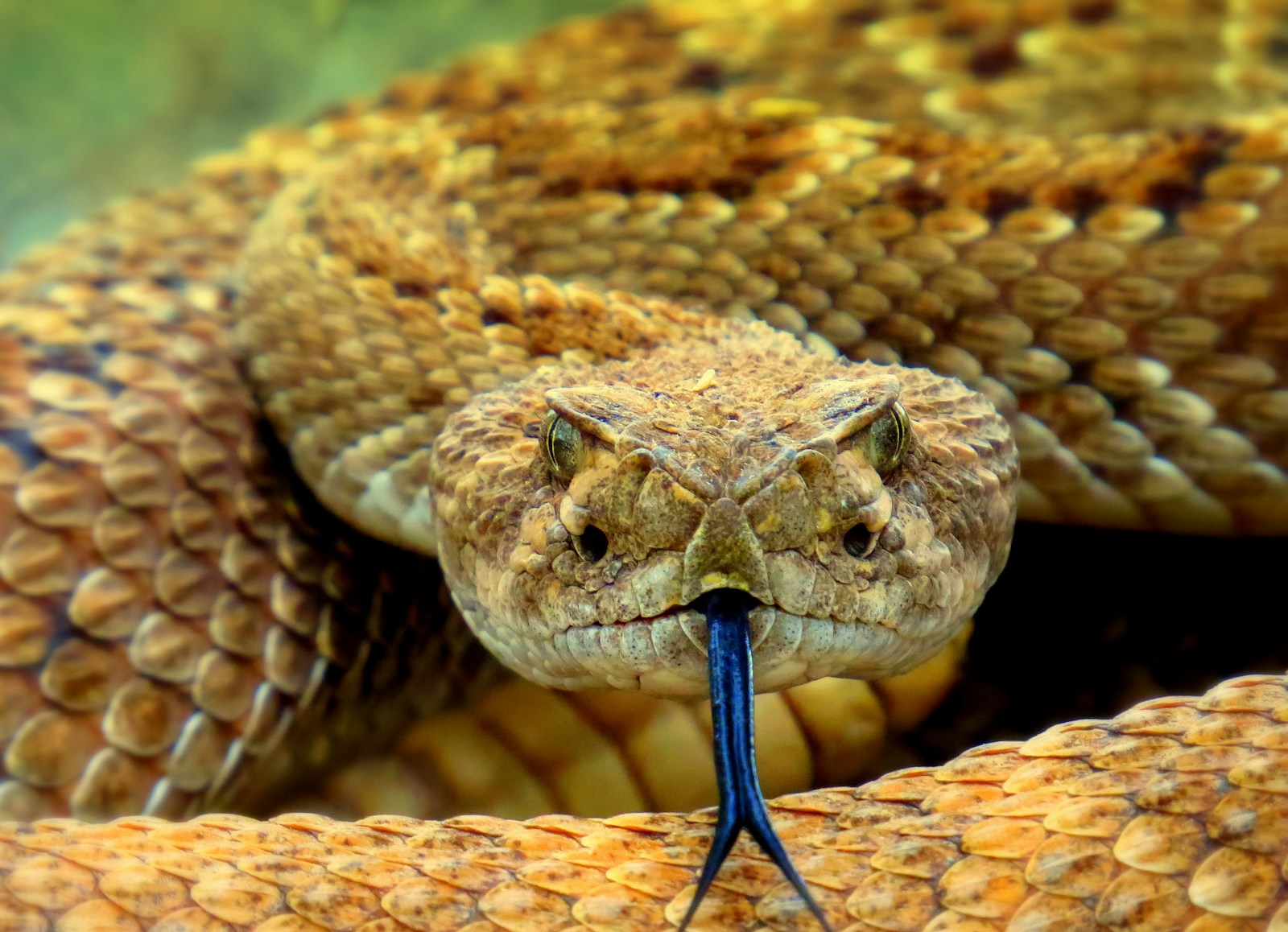It’s a familiar sight in nature documentaries and reptile exhibits: a snake’s forked tongue darting rapidly in and out of its mouth. This distinctive behavior, often appearing as quick, intermittent flicks, has fascinated humans for centuries. Far from being a simple quirk of snake anatomy, these tongue flicks serve as a sophisticated sensory system that helps these limbless reptiles navigate their environment, find prey, and avoid danger. This article explores the fascinating science behind why snakes flick their tongues in short bursts and what these movements can tell us about snake biology, behavior, and evolution.
The Basic Anatomy of a Snake’s Tongue
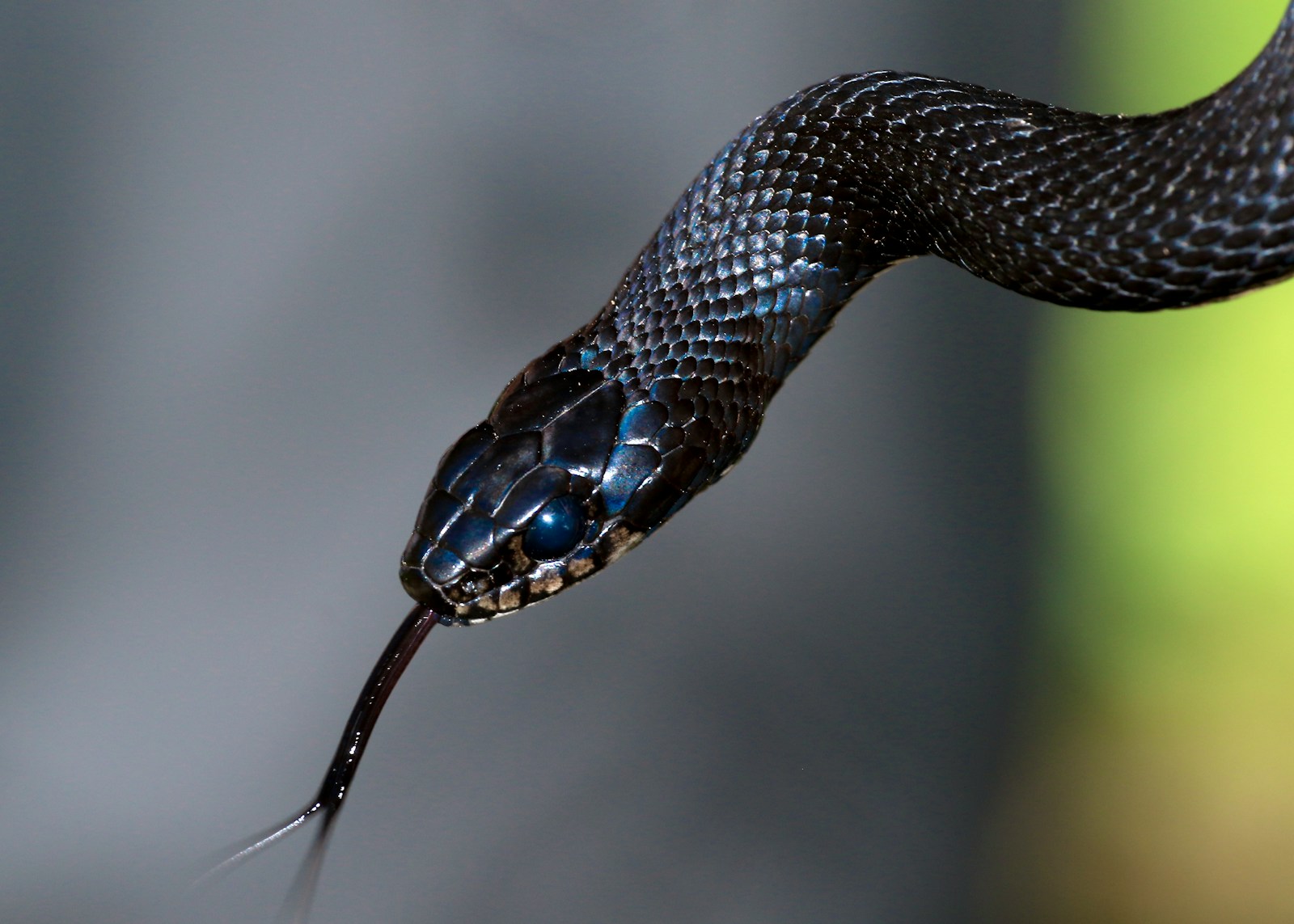
A snake’s tongue is remarkably different from our own, both in form and function. Unlike human tongues, which are primarily used for taste and speech, snake tongues are specialized sensory organs. Most notably, they’re deeply forked at the tip, creating two distinct prongs that can move independently. The tongue itself is covered with a moist, mucus-like coating that helps collect chemical particles from the environment. Additionally, snake tongues are extremely flexible and can extend far beyond the mouth without requiring the snake to open its jaws fully, allowing for discrete sampling even when the animal is otherwise motionless. This specialized design has evolved specifically to support a snake’s chemosensory abilities rather than for manipulating food or vocalizing.
The Vomeronasal Organ: A Second Nose
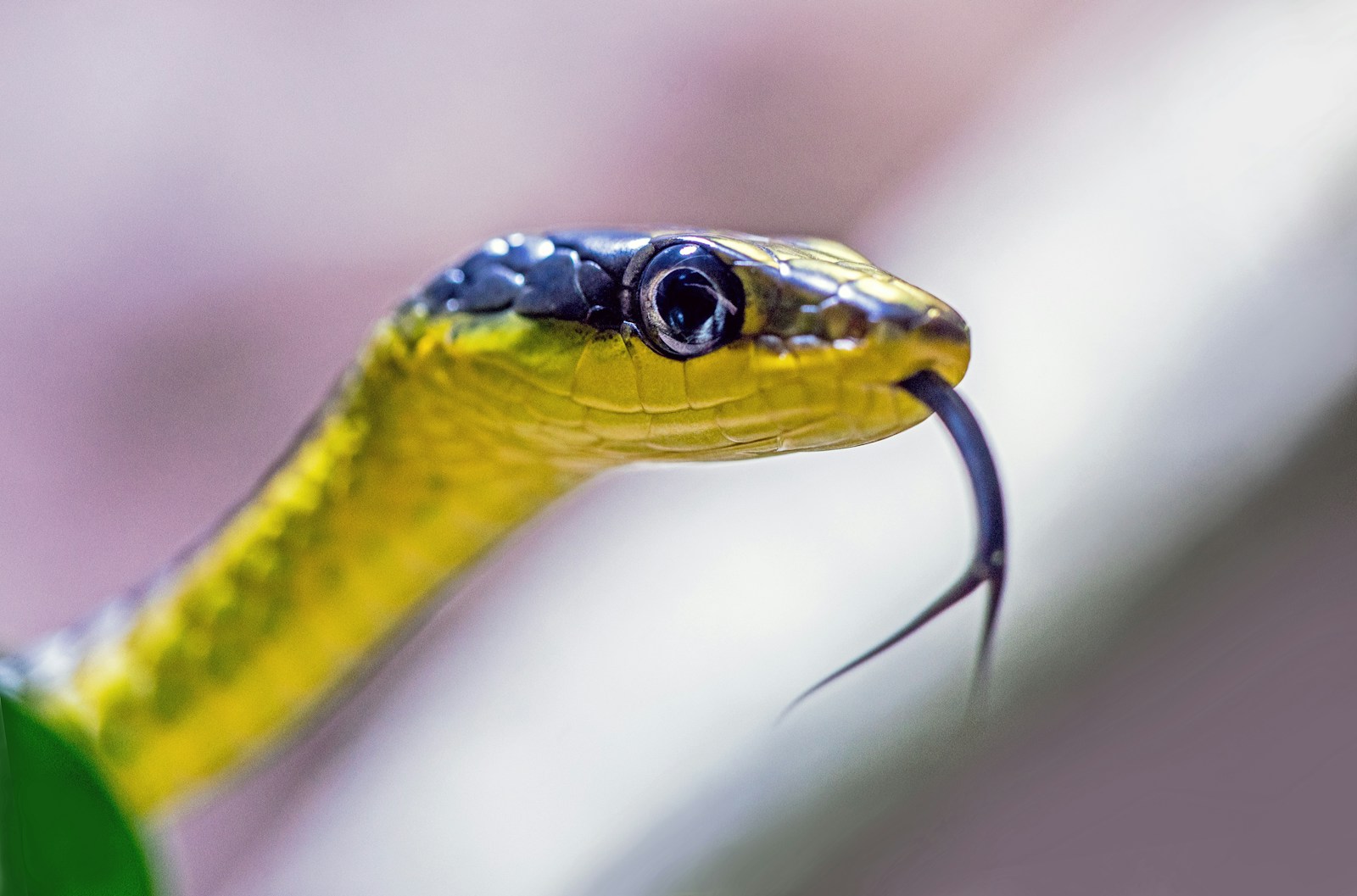
The key to understanding snake tongue flicking lies in an organ most humans don’t possess: the vomeronasal organ, also called Jacobson’s organ. Located in the roof of a snake’s mouth, this specialized sensory structure consists of two small pits that open into the mouth cavity. When a snake flicks its tongue, it’s actually collecting chemical particles from the air or ground, which are then delivered to these sensory pits when the tongue is retracted. The vomeronasal organ is lined with highly sensitive receptor cells that analyze these chemicals and send information directly to the brain. This system works in parallel with the snake’s conventional sense of smell but offers much more detailed chemical information that helps the snake create a comprehensive picture of its surroundings.
How Tongue Flicking Creates Chemical “Images”

When a snake flicks its tongue, it’s actively sampling its environment for chemical cues, essentially creating a chemical “image” of its surroundings. Each flick captures airborne particles or molecules from surfaces, which the tongue then delivers to the vomeronasal organ for analysis. The forked design of the tongue is crucial here, as it allows snakes to detect subtle differences in chemical concentration between the right and left sides of their environment. This stereo-chemoreception provides directional information, similar to how our two ears help us determine where a sound is coming from. Through rapid, repeated sampling with short bursts of tongue flicks, a snake builds an increasingly detailed chemical map of its environment, allowing it to track prey, identify potential mates, or detect predators with remarkable precision and accuracy.
The Science Behind Short, Rapid Flicks
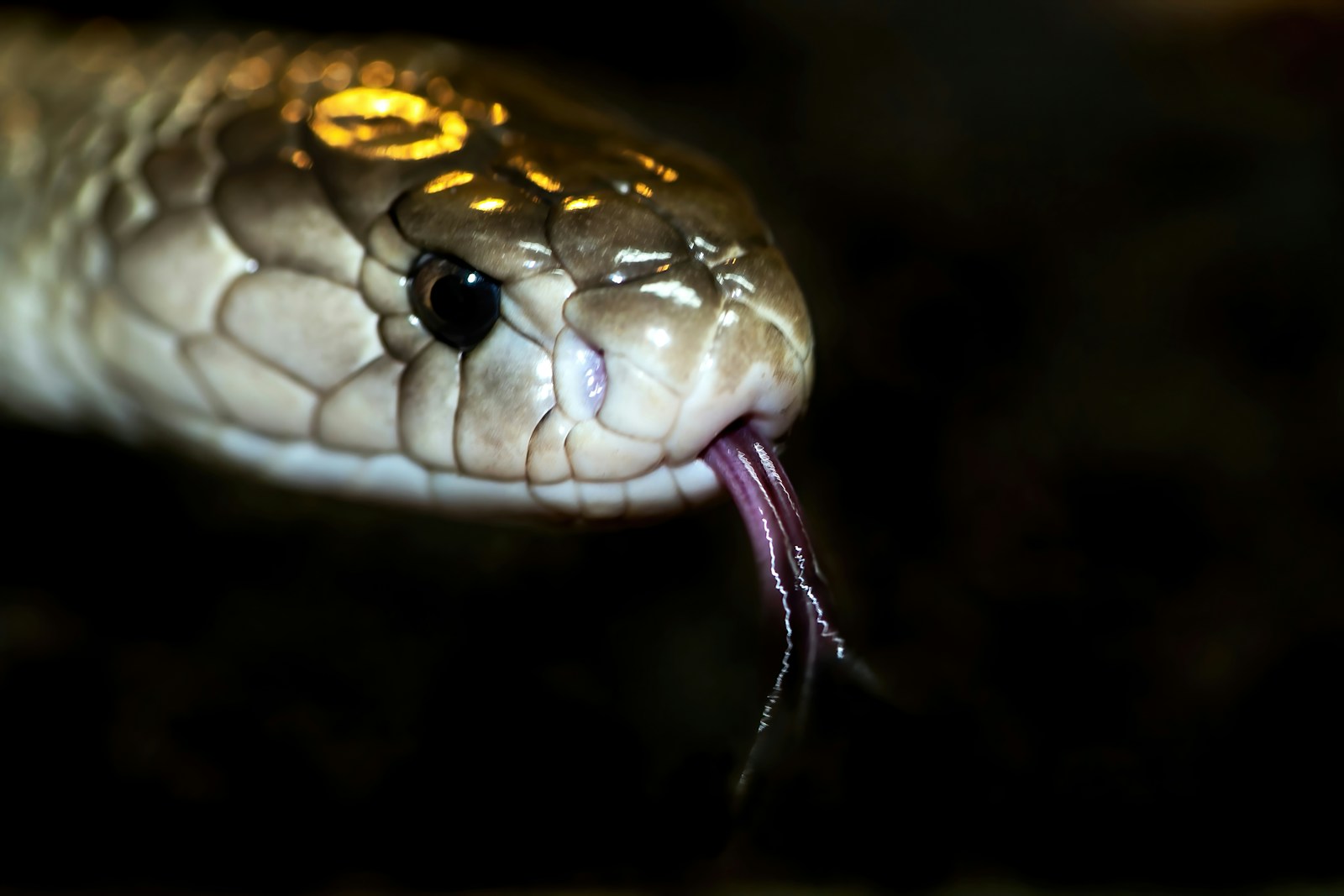
The short, rapid bursts of tongue flicking that snakes display serve specific scientific purposes rather than being random movements. These quick flicks optimize the snake’s chemical sampling ability by refreshing the scent particles collected with each new extension. Research has shown that rapid sampling allows snakes to detect changes in their chemical environment almost instantly, providing real-time information as they move or as conditions around them change. The brevity of each flick also helps prevent the tongue from drying out, which would compromise its ability to collect chemicals effectively. Additionally, neuroscience studies have revealed that the snake’s brain processes each burst of tongue flicks as a discrete unit of information, building a more complete sensory picture with each successive sampling sequence.
Tongue Flicking Patterns Reveal a Snake’s Intentions
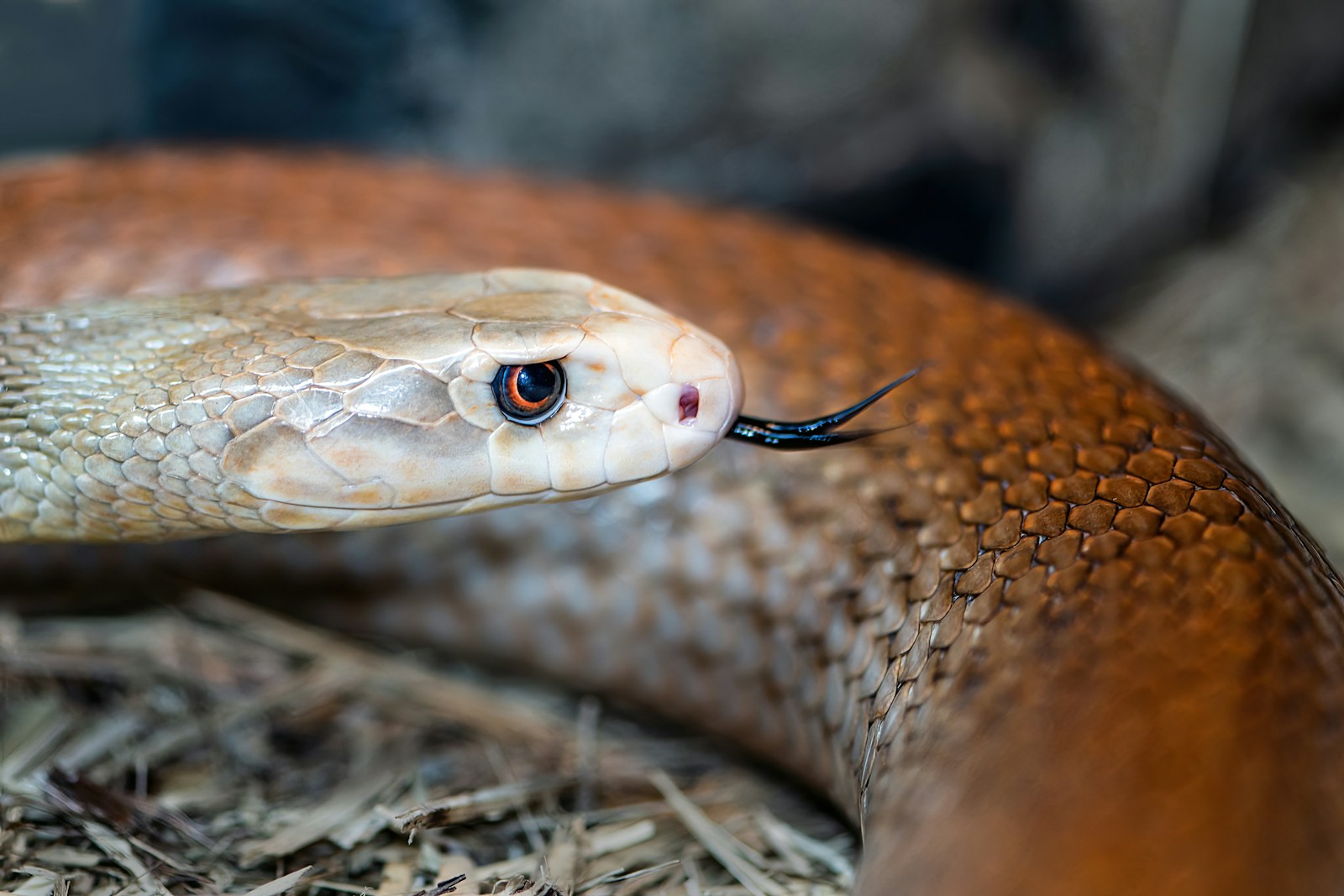
Observant herpetologists have noted that the pattern and frequency of a snake’s tongue flicks can reveal much about its current state and intentions. When a snake encounters a new environment, it typically displays an increased rate of tongue flicking to rapidly gather information about unfamiliar surroundings. During hunting, tongue flicks become more directionally focused and may increase in frequency as the snake gets closer to potential prey. When threatened or defensive, some species will display dramatically different tongue-flicking patterns, often with slower, more deliberate movements combined with other warning behaviors. During courtship and mating, male snakes show characteristic tongue-flicking patterns when following female pheromone trails, with distinct changes in frequency and direction that indicate their focused interest in reproduction rather than feeding.
Different Species, Different Flicking Styles
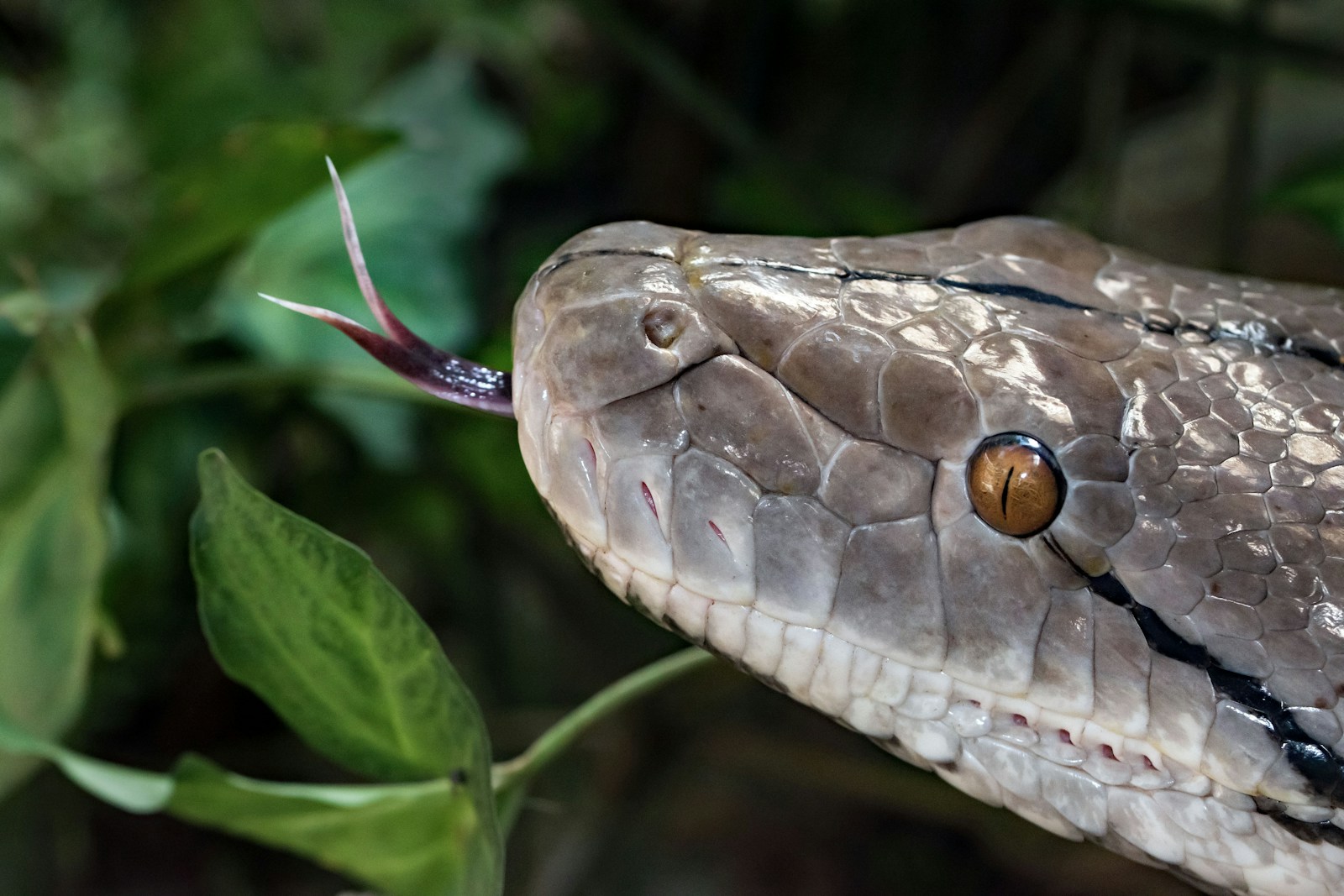
Not all snakes flick their tongues in identical ways, with significant variations across different species that reflect their ecological niches and hunting strategies. Highly visual hunters like many colubrids (such as rat snakes) often display rapid, frequent tongue flicking when actively searching for prey, while ambush predators like vipers may tongue-flick less frequently when in their characteristic “wait-and-strike” hunting mode. Aquatic species have evolved specialized tongue-flicking behaviors that work effectively at the water-air interface, allowing them to sample both environments simultaneously. Desert-dwelling species typically show reduced tongue-flicking frequency to conserve moisture in their arid habitats. These specialized variations demonstrate how tongue flicking has been fine-tuned through evolution to match each species’ specific environmental challenges and lifestyle requirements.
Tongue Flicking Versus Traditional Smell
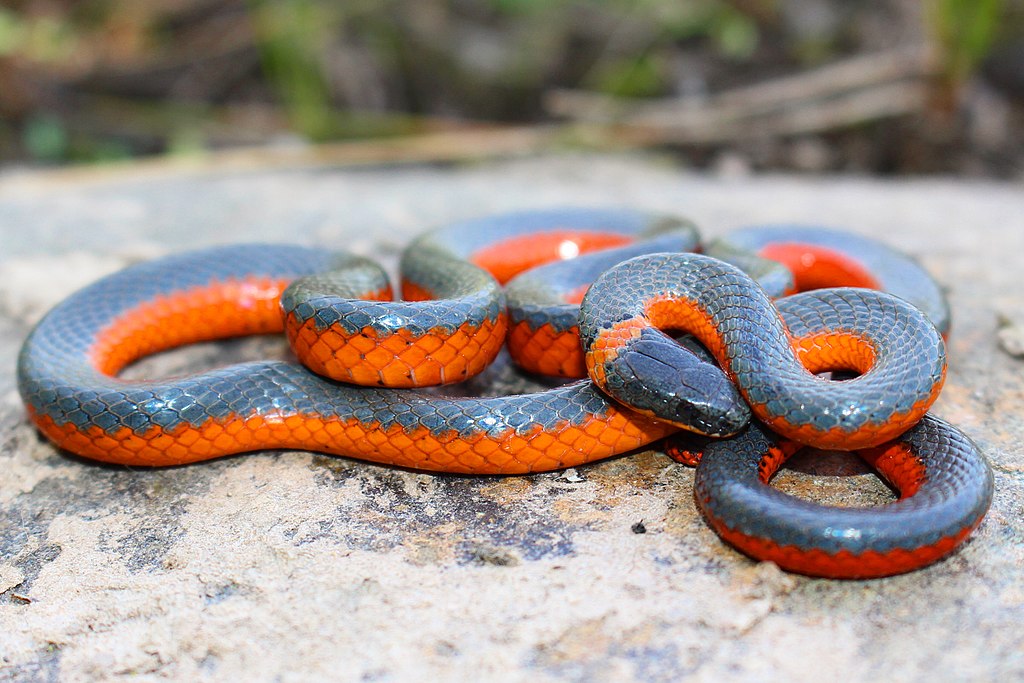
Snakes possess both a conventional sense of smell through their nostrils and the vomeronasal system accessed through tongue flicking, but these sensory modalities serve different purposes. The conventional olfactory system detects airborne chemicals over larger distances and provides general information about the environment, similar to our sense of smell. By contrast, the vomeronasal system activated through tongue flicking offers much more detailed, specific chemical information at closer ranges. This dual system gives snakes remarkable sensory capabilities, allowing them to detect prey both from a distance through conventional smell and then precisely locate it through directional tongue flicking as they get closer. Research has demonstrated that when snakes have their vomeronasal system experimentally blocked, they struggle significantly with precise prey location despite still having functional conventional smell, highlighting the critical importance of tongue flicking for their survival.
Tongue Flicking in Young Snakes

Tongue flicking behavior begins remarkably early in a snake’s life, with studies showing that even embryonic snakes inside their eggs will flick their tongues before hatching. This suggests the behavior is largely innate rather than learned through experience. Newborn snakes emerge with fully functional vomeronasal systems and begin tongue flicking immediately, though their technique refines with age and experience. Young snakes typically display more frequent but less coordinated tongue flicking compared to adults, as they’re actively learning to interpret the chemical information they gather. Research with captive-born snakes raised in controlled environments confirms that even without maternal guidance or learning opportunities, snakes develop normal tongue-flicking behaviors, demonstrating the deep genetic programming of this essential sensory system.
The Energy Economics of Tongue Flicking

Tongue flicking requires energy expenditure, and snakes have evolved to optimize this behavior for maximum information gain with minimum effort. The short, burst-like nature of tongue flicking represents an energy-efficient approach, as maintaining extended tongue protrusion would require more muscular effort and potentially expose the tongue to damage. Studies measuring the metabolic costs of tongue flicking have found that while the energy requirements are relatively low for individual flicks, the cumulative cost during intensive searching or tracking can be significant. Snakes modulate their tongue-flicking frequency based on their energy state, with well-fed individuals typically exhibiting more frequent sampling than hungry ones during non-hunting activities. This energy management is particularly important for snakes, as ectothermic animals that must carefully balance their limited energy resources across all activities.
Tongue Flicking in Different Environments

Environmental conditions significantly influence how snakes utilize their tongue-flicking behavior across various habitats. In humid environments, chemicals disperse differently than in dry conditions, affecting how snakes sample their surroundings. Aquatic and semi-aquatic species have adapted specialized tongue-flicking techniques that work effectively both above and below the water’s surface, allowing them to detect waterborne chemical signals. In densely vegetated areas, snakes often elevate their heads and perform more vertical tongue flicks to sample airborne scents above the ground cover. Desert-dwelling species typically reduce tongue-flicking frequency to prevent moisture loss in arid conditions, but may increase the duration of each flick to maximize information gathering. These environmental adaptations demonstrate the remarkable plasticity of snake sensory behaviors across diverse ecological niches.
Common Misconceptions About Tongue Flicking

Despite scientific understanding of snake tongue flicking, numerous misconceptions persist in popular culture. Perhaps the most common error is the belief that snakes use their tongues as “stingers” or weapons, when in fact the tongue is a delicate sensory organ incapable of causing harm. Another widespread misconception is that snake tongues are slimy, when they’re actually dry and smooth with only a light moisture coating necessary for collecting chemical particles. Many people incorrectly believe that snakes primarily taste with their tongues like humans do, missing the sophisticated chemosensory function of the vomeronasal system. Additionally, the forked shape of the tongue is often misunderstood as decorative or threatening, rather than recognizing its crucial role in providing directional chemical information that helps snakes navigate their world with precision.
Tongue Flicking in Snake Conservation and Research
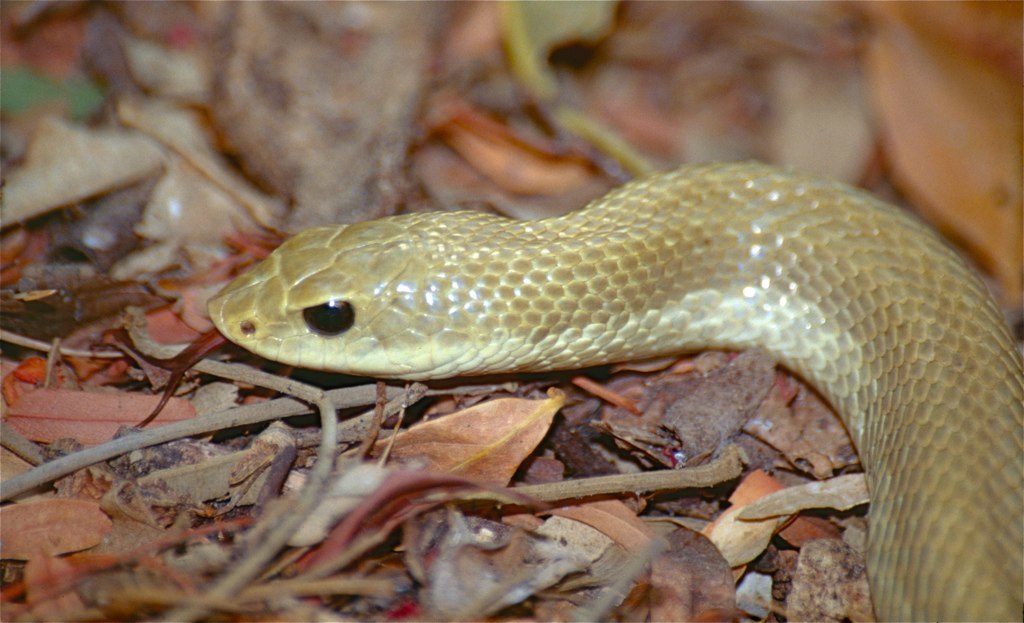
Understanding tongue-flicking behavior has significant applications in both snake conservation and scientific research. Wildlife biologists use tongue-flicking frequency and patterns as non-invasive indicators of stress levels in wild snake populations, helping assess the impacts of habitat disturbance or climate change. In conservation breeding programs, normal tongue-flicking behavior serves as an important measure of neurodevelopment and overall health in captive-bred individuals being prepared for reintroduction to the wild. Researchers studying environmental toxins have developed methods using snake tongue-flicking responses to detect and monitor pollutants that might otherwise be difficult to measure. Additionally, biomimetic engineers have drawn inspiration from the snake’s chemosensory system to develop advanced chemical sensors that mimic the efficient sampling mechanism of tongue flicking, demonstrating how understanding natural behaviors can lead to technological innovations with wide-ranging applications.
Conclusion

The seemingly simple action of a snake flicking its tongue in short bursts represents one of nature’s most sophisticated sensory adaptations. Through this behavior, snakes literally taste their environment, creating detailed chemical maps that guide their every decision—from hunting and mating to avoiding predators. The evolution of this remarkable system, combining the forked tongue with the specialized vomeronasal organ, has allowed snakes to thrive in diverse environments worldwide despite lacking limbs or conventional external ears. Next time you observe a snake’s flickering tongue, you’re witnessing not a random action but a precisely calibrated sensory behavior that represents millions of years of evolutionary refinement—a reminder of the extraordinary adaptations that allow animals to experience their worlds in ways fundamentally different from our own.

